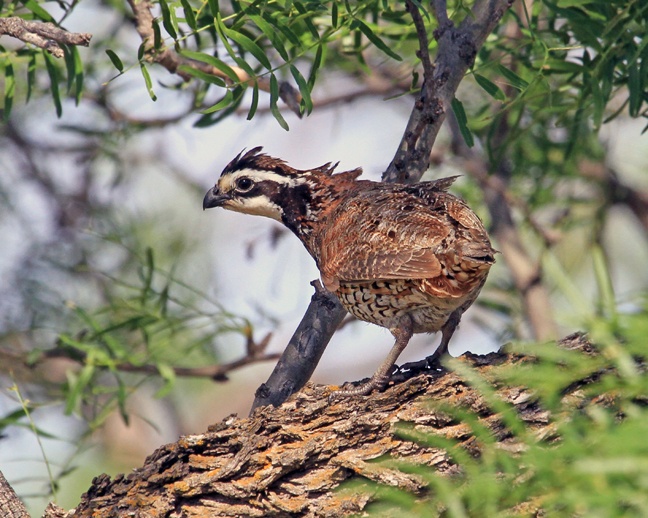We have much more to do and your continued support is needed now more than ever.
President Obama’s Wildlife Conservation Wins
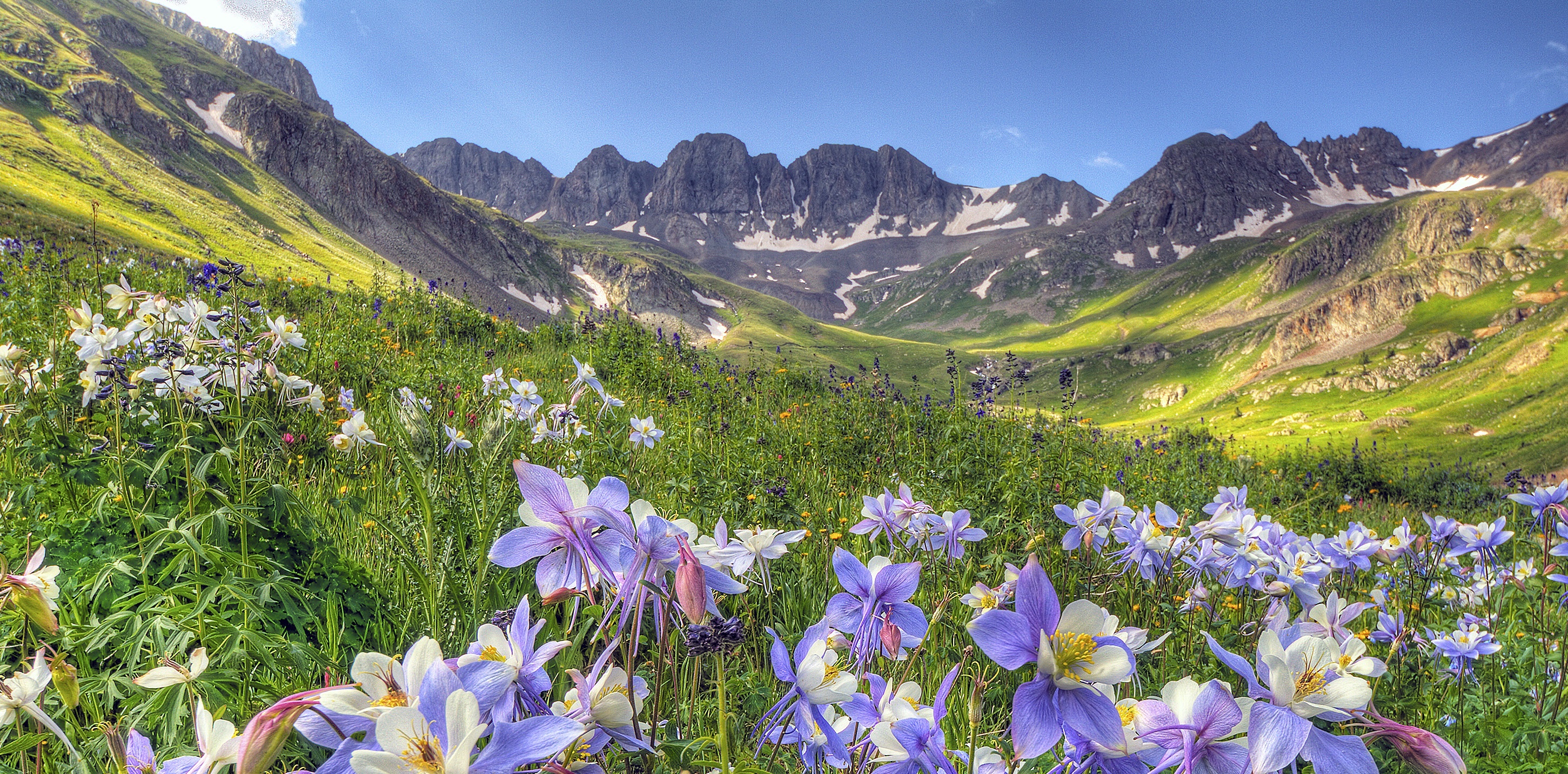
American presidents have incredible power to shape the conservation movement – from Theodore Roosevelt, who established the national parks system, to Richard Nixon, who created the Environmental Protection Agency.
After eight years in the White House, President Barack Obama leaves behind a significant legacy of protecting wildlife, conserving our natural resources, and combating climate change that we must continue to build upon.
To date, President Obama has protected more natural habitat than any other American president — including conservationist Teddy Roosevelt — placing more than 550 million acres under protection throughout the nation and creating or expanding 34 national monuments.
These include the hard-fought addition of the Katahdin Woods and Waters National Monument in Maine, more than 87,000 acres of hiking trails, waters for fishing and paddling, and prime habitat for moose, bear and Canada lynx. President Obama established the new monument in August 2016, culminating 13 years of work by the philanthropic founder of Burt’s Bees who donated the lands, and countless hours of negotiations with local businesses and landowners to address concerns over access and hunting.
The President also understood the importance of “blue parks” to our nation’s heritage, protecting key waterways and marine areas. In September 2016, President Obama used his authority under the Antiquities Act to designate the first Marine National Monument in the Atlantic Ocean. More than 28,000 National Wildlife Federation supporters wrote President Obama urging this designation, which is home to the Greenland shark, the world’s longest-living vertebrate.
Fighting for clean water and native grasslands
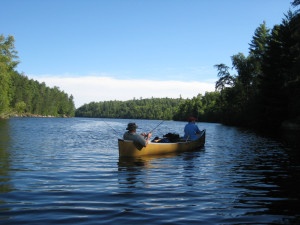
Not only has President Obama added significantly to the national parks system, he’s protected existing federally owned lands from development and environmental harm, and made sure strong oversight is in place that will protect native grasslands and keep our waterways and drinking water clean.
His administration last year rejected a proposed sulfide-ore copper mine from destroying the pristine waters of America’s most popular wilderness area — Minnesota’s Boundary Waters Canoe Area Wilderness. And near the end of 2016, he withdrew hundreds of millions of acres of land in the Arctic and Atlantic Ocean from oil and gas drilling, and denied permits to use seismic cannons to search for oil under the ocean floor off the coast between Delaware and Florida.
By signing the 2014 Farm Bill into law, Obama protected native grasslands and ensured funding for conservation programs that help farmers protect soil, water and wildlife. And the following year Clean Water Act protections were restored for more than two million miles of streams, millions of acres of wetlands, and the third of Americans who get their drinking water from these sources.
More action for species at-risk under Obama
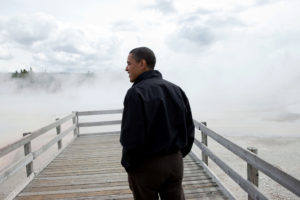
Wildlife also got a significant boost during Obama’s tenure. One of President Obama’s first acts in office was to restore the Endangered Species Act to ensure federal agencies consult with independent scientists to determine if their actions might harm threatened and endangered species.
A range of species, from the Florida green sea turtle to the bumblebee, have been protected under the Act. During Obama’s tenure, more endangered species have been recovered than all other president’s combined, according to the US Department of Interior.
Historic steps to combat climate change
Wildlife are often the first victims of a changing climate — from endangered loggerhead sea turtles struggling to find nesting beaches due to rising sea levels, to moose dying from parasites and tick infestations as a result of warmer winters.
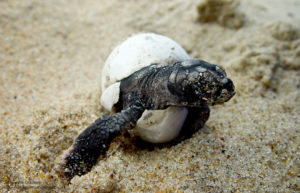
Recognizing the threat climate poses to our nation’s health, environment and wildlife, Obama took historic steps to combat rising temperatures by limiting carbon pollution from dirty power plants; regulating methane leaks from oil and gas wells; and joining an international coalition to dramatically limit greenhouse gases here at home and abroad.
Obama’s ambitious Climate Action Plan is a multi-prong approach that calls for improving efficiency at existing coal plants, switching plants from coal to natural gas, and increasing renewable energy. States have the flexibility to tailor their own plans to meet their targets. And by joining 190 other nations in the Paris Climate Agreement to limit the amount of global warming to 2 degrees Celsius compared to pre-industrial levels, Obama cemented the United States’ leadership position on climate.
Unfortunately, much of President Obama’s conservation legacy could be under attack in the coming year. The National Wildlife Federation, with your continued support, will keep fighting to make sure these victories remain in place, and that our leaders in Washington, D.C., commit to a strong wildlife conservation agenda in 2017.
TAKE ACTIONYou can support our work by sending a message to your Congressional members asking them to make wildlife protections a national priority. And add your name to our petition to President-elect Trump and his incoming cabinet to stand with wildlife.

